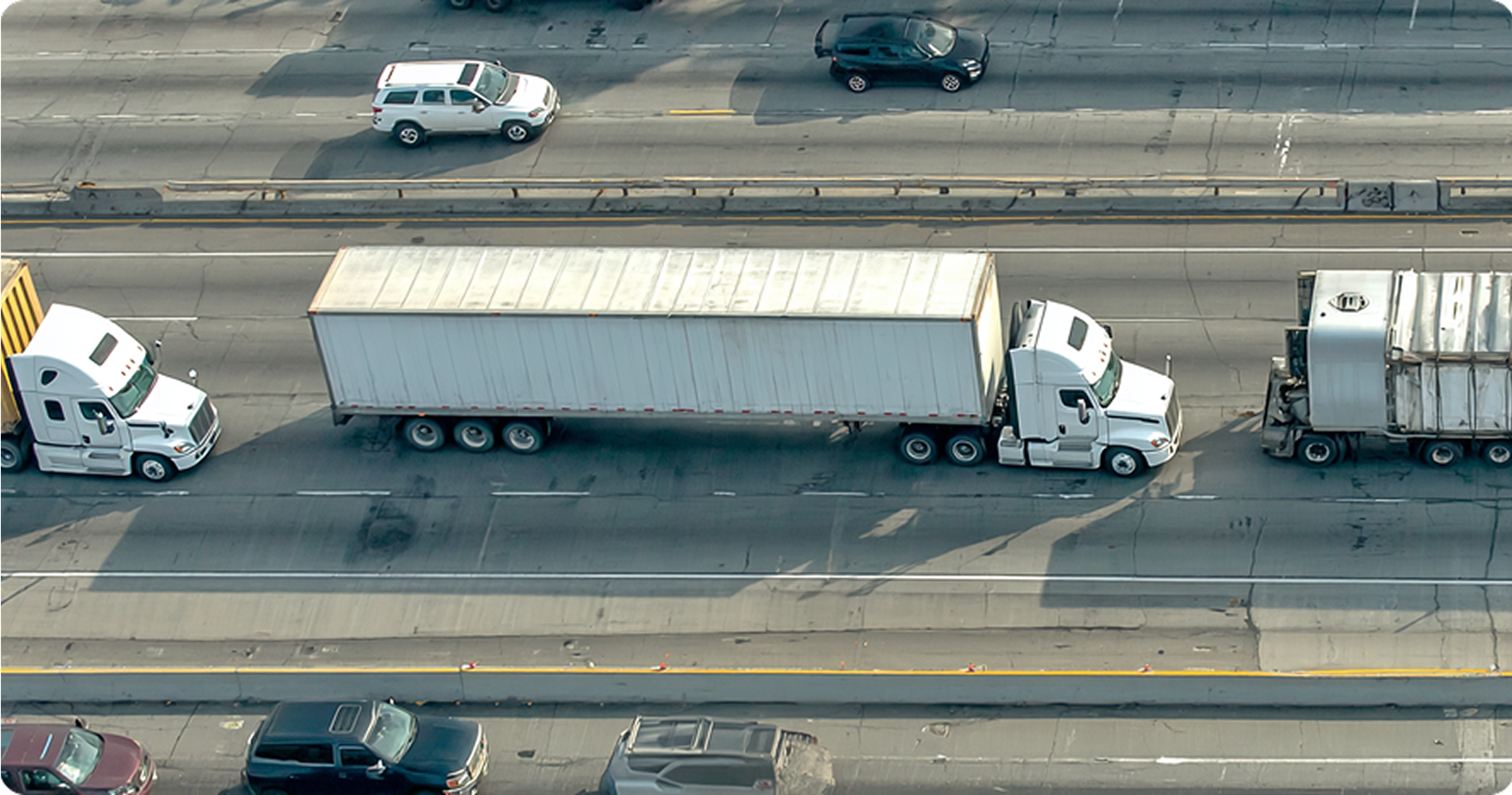

The transition to a greener vehicle fleet is not only an ecological imperative, but also a complex challenge in the face of increasing technological choices. With regulations like the Mobility Orientation Law and the requirements of Low Emission Zones, it is crucial for managers to understand how to navigate this changing environment. By using a adequate tool to measure the carbon footprint, you can do the carbon balance of your fleet and get clear transition plans to reduce your CO emissions2.
Reduce thecarbon footprint Of your Car fleet is becoming essential as environmental concerns increase. Laws such as Climate and Resilience impose increasingly stringent restrictions. They thus encourage companies to review their mobility strategy and to opt for environmentally friendly solutions.
In addition, this reduction is part of a global approach to corporate social responsibility. Opt for a greener fleet can improve your brand image with customers and partners, which has become a differentiating criterion in many business sectors. It is therefore an undeniable added value.
By investing in low-carbon technologies such as electric vehicles or those running on CNG (Compressed Natural Gas), not only are you accelerating the energy transition, but you also reduce operational costs in the long run. Although it may seem expensive at first, the return on investment can be significant, thanks in particular to savings on fuel and maintenance that is often less expensive.
In addition, financial incentives, such as government subsidies or tax benefits, are often available to encourage these energy transitions. This can significantly ease the financial burden of the initial investment.
Knowing where to start can be daunting. However, by following a few strategic steps, you can simplify and streamline your process for energy transition successful. Here are three steps that should not be overlooked:
With an accurate assessment using a specialized tool, you will be equipped to establish a viable strategy adapted to your specific needs.
Les electric vehicles undeniably represent the cutting edge technology to significantly reduce CO emissions2. Their growing popularity is due to increasingly competitive autonomy and the multiplication of charging infrastructures.
However, there are other significant alternatives: biodiesel, hydrogen, or even LPG (Liquefied Petroleum Gas) vehicles each offer their own advantages depending on the targeted operating conditions. A careful examination of these options in relation to your type of activity will allow you to make the best possible choices.




Switching to a greener fleet is not just a constraint: it's an opportunity. With TANKYOU, benefit from alternative fuels, digital monitoring tools and comprehensive support to reduce your emissions and costs. Make your energy transition a performance driver today.
Optimizing trips is an important lever for any fleet management that cares about its environmental impact. Fewer kilometers driven necessarily mean less fuel consumed, resulting in a reduction in CO emissions2 immediate.
THEeco-driving then consolidates this optimization. Training drivers to drive gently and thoughtfully helps to limit wear and tear and the excessive use of resources. In turn, this extends the life of vehicles while improving fuel efficiency.
A good fleet management software allows you to monitor the status, position, and technical history of vehicles in real time. This data can radically transform your ability to make informed and proactive decisions.
These digital tools also facilitate the creation of detailed reports on the individual ecological performances of vehicles. And they are becoming essential to constantly adjust your practices and ensure an authentic road to sustainability.
The integration of renewables in the energy supply of fleets is also accompanied by major environmental benefits. By choosing to charge your electric vehicles with electricity from renewable sources (solar, wind), you close the virtuous decarbonization loop.
Other avenues are finally emerging with the emergence of innovative projects aroundgreen hydrogen. This type of fuel, produced without the use of fossil energy, increases the beneficial interconnection between transport and sustainable energy production sectors. Attention to these symbioses then opens up fascinating perspectives for the future.
Despite the many opportunities offered, several obstacles remain. The initial cost of switching to less polluting vehicles may hold back some decision makers. Likewise, the limited infrastructures for certain technologies, such as hydrogen, remain a tangible logistical obstacle.
To get around these barriers, careful preparation coupled with a thorough search for regional aid guarantees to allay any initial concerns, and to promote the efficient implementation of this necessary ecological change.
Legislative reforms have an immense impact on the strategy carried out by fleet managers. Bonds are evolving rapidly, particularly under the pressure of pressing climate issues. A legal context in constant redefinition sometimes complicates the steps taken.
However, anticipating these legal developments represents a key opportunity to proactively adapt your equipment choices while meeting new standards. Thus, drawing on the advice of specialized legal experts could effectively guide each actor through this crucial period of necessarily political evolution.
There is strength in unity. Promoting synergies between different actors - manufacturers, local authorities, professional unions - drastically expands the innovative possibilities available within the framework of promising technological development.
They have a multiplying effect on the expert positive sharing of the know-how generated. A concert of sharing, exchanges, discussions strengthens solidarity structures, potentially founding crucial alliances at the exclusive service of the community, while proudly collectively embracing the universally ambitious climate goals.

Extending thermal engines thanks to e-Fuels: a promising but still expensive way to decarbonize the transport sector.
